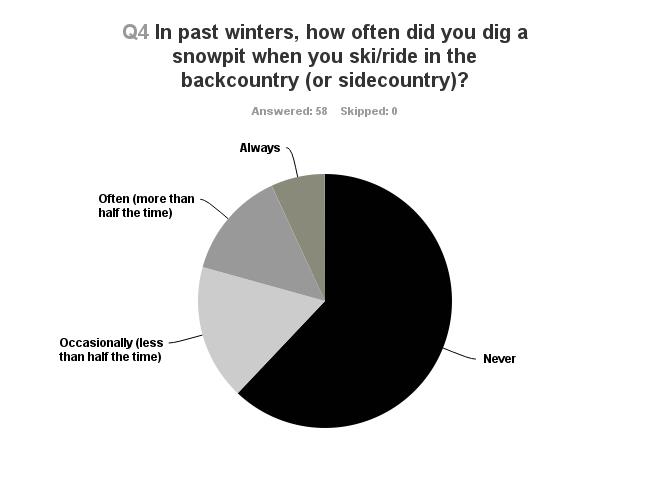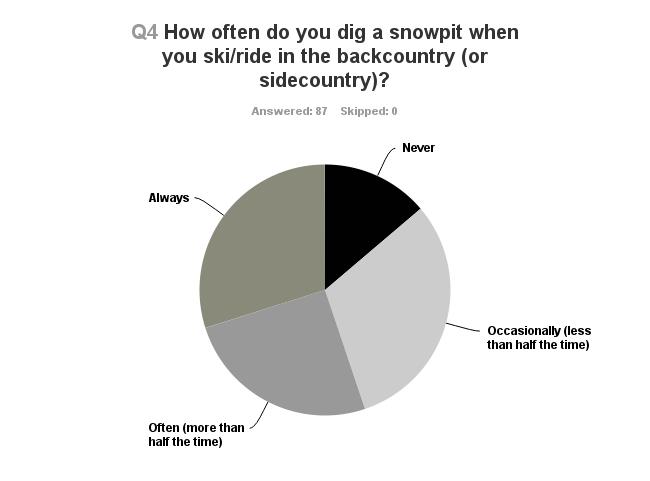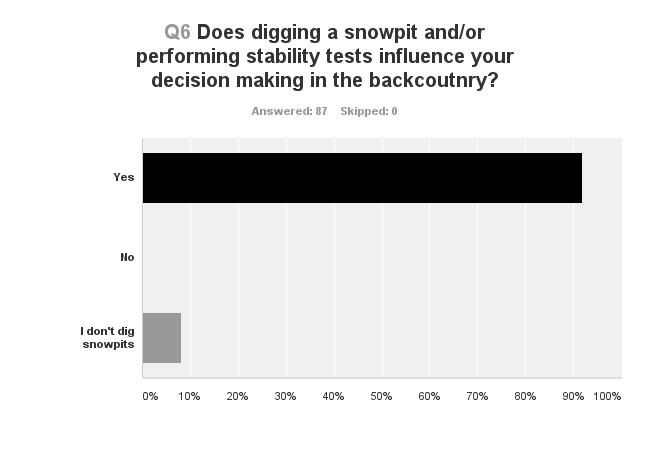Published in the February 2015 issue of The Avalanche Review.
The Class
One night in 1981 Doug Richmond and Tom Pratt decided to offer an avalanche class at Montana State University for both students and people living in the community. Seven nights of lectures for $7. At the time a beer was a dollar, and they figured each lecture was worth a beer. Since then, Ron Johnson, Scott Gill, and Karl Birkeland, Doug Chabot, Mark Staples, Eric Knoff, Jay Pape, and Alex Marienthal have been instructors. Now, 33 years later, we only charge $30. The class has four lectures over two nights followed by a field day just out of bounds at Bridger Bowl which has been a supporter of the class from the beginning with MSU. In the last ten years, we have taught this class to more than 3,000 people. It is called Introduction to Avalanches with a Field Session.
In recent years we noticed few people had snow saws, a necessary tool for good stability tests. We considered selling saws at the class. As the Extended Column test became popular and only required a piece of cord, we started giving a piece of cord to every student in the class. We teach them to perform an ECT and see if it propagates or not. We teach them to do it quickly and do it at least once every day they go out.
The Survey
This fall we conducted online surveys with students from the class to see what our students are doing in the backcountry. Are they digging pits? What stability tests do they perform? Do snowpits and stability tests influence their decision making? How important are snowpits and stability tests in their decision making? There were two groups we surveyed.
- The first group had taken the class one or two years ago, and had at least one winter to ski/ride in the backcountry.
- The second had registered for the December 2014 class but had not taken it.
We sent the survey to 578 students total and got response rates ranging from 20% to 44%.
The Results
The most striking difference between the two groups was how many dig snowpits. Of those students who had taken the class and had a year or two in the backcountry, 86% dig snowpits. Of those students who haven’t taken the class yet, only 38% dig snowpits.

Caption: Students who were registered for the class but had not taken it reported how often they dig snowpits: Never (62%), Occasionally (17%), Often (14%), and Always (7%).

Caption: Students who had taken the class within the last two years and had at least one season of travelling in the backcountry reported how often they dig snowpits: Never (14%), Occasionally (31%), Often (25%), and Always (30%).
The other striking result came from asking them if snowpits and stability tests influence their decision making, and if so, how useful are snowpits and stability tests. Of those who had taken the class and dig snowpits, EVERYONE or 100% said snowpits and stability tests influence their decision making and rated them at least Very Helpful or Somewhat Helpful.

Caption: EVERYONE who digs snowpits and performs stability tests says it influences their decision making. Very similar results came from the group that had not taken the class except a larger percent reported not digging.
60% of the students who had taken the class carry knotted cord in the backcountry. 65% of them took he class when we handed out cord for cutting Extended Column Tests. Even for the group that had not taken the class, 20% reported carrying knotted cord.
Moving Forward
We will re-survey the second group in the spring after they have taken the class and had a season of travelling in the backcountry. We will also survey they next class in January, both before the class and at the end of the season.
Our results show that people dig snowpits, perform stability tests, and say these actions influence their decision making. When they dig, they lose only a few minutes and give themselves concrete information upon which they can base their decision making. Doing this quick action is helpful in their decision making. NO ONE said it hurts their decision making. We will continue teaching our students to put their shovel in the snow and working to develop a culture where that is normal because it works.
